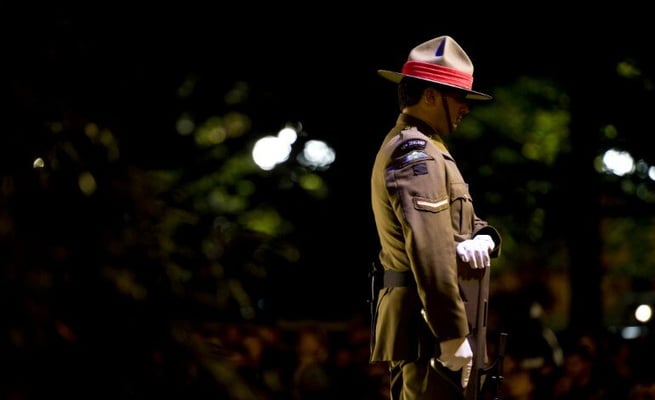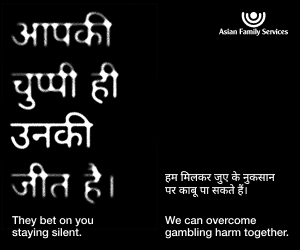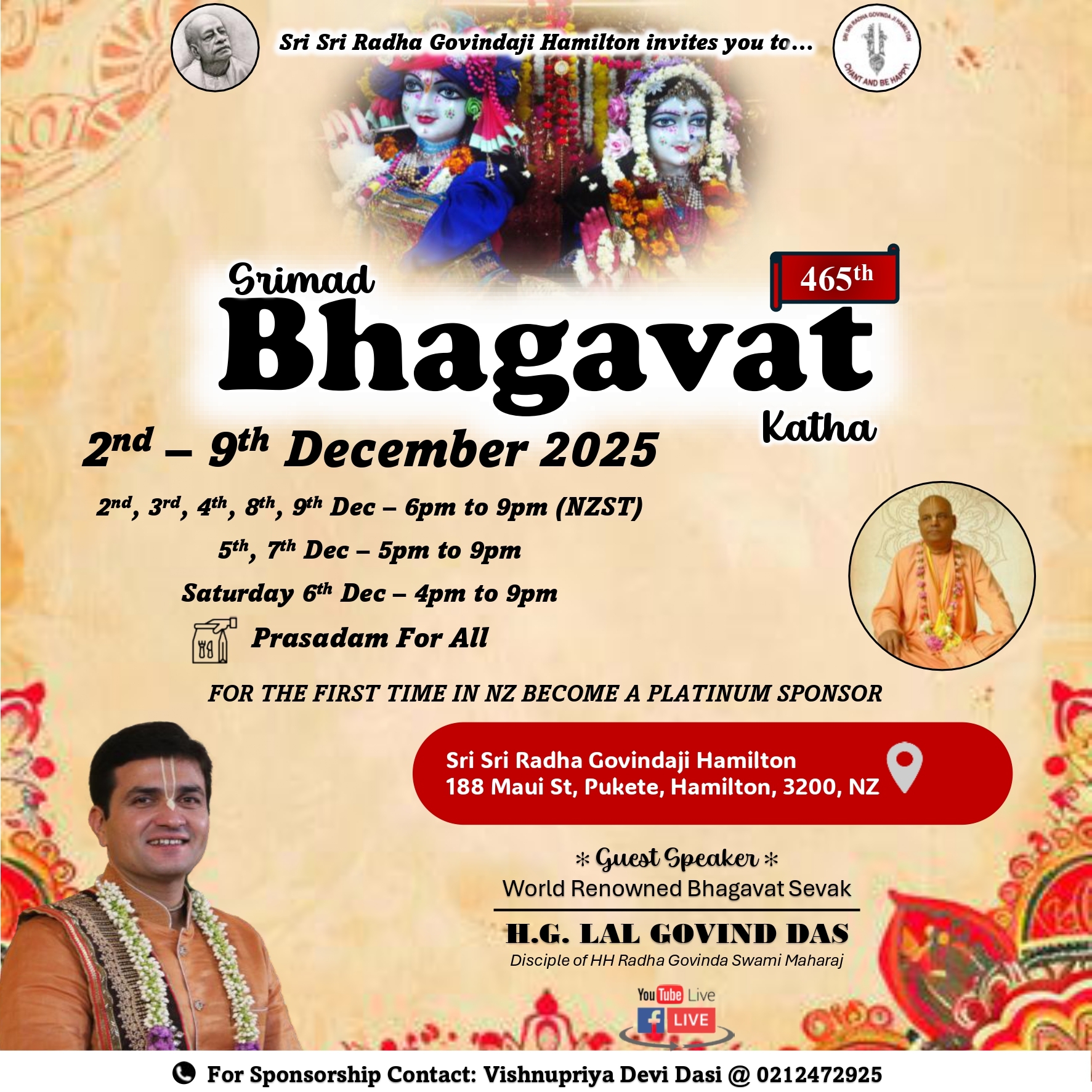Remembering unsung Indian heroes on this ANZAC day

On April 25, people across New Zealand and Australia will remember the sacrifices of more than 11,400 ANZAC soldiers who gave their lives on the battlefield of Gallipoli through various dawn services. However, only a few people would remember that some Indians also fought alongside them and gave their lives alongside in this ill-conceived and poorly executed military campaign of World War I.
No one knows the exact numbers, because of poor record keeping. One estimate would indicate that 5000 Indian soldiers fought at Gallipoli, another informed guess would put that number at 15,000. There were at least three units involved: the 29th Indian Infantry Brigade, the Indian Mountain Artillery Brigade and the most important Indian Mule Corp, with more than 1000 mules and 650 men who kept all goods transportation running at Gallipoli during the eight months long campaign.
It is important to remember that at Gallipoli, it was only the 29th Indian Infantry Brigade that had successfully managed to reach the summit of the ridge from where they could look down at the waters of Dardanelles. How many Indian soldiers died in this endeavour, no one exactly knows for certain. A rough estimate would be about 1700 Indian soldiers dying and more than 3000 sustaining injuries alongside the ANZAC troops. This was no insubstantial or insignificant human sacrifice.
In World War I, around 1.2 million soldiers of the British Indian Army had been committed toward the war. Those soldiers had fought - on the battlefields of France, Belgium, and in the Mesopotamian campaign, defending the Persian Gulf and Suez Canal. Of them, more than 60,000 died, and about 70,000 were wounded. But the story of these Indian soldiers, their bravery and great sacrifices has almost completely disappeared from public historical memory. They are rarely remembered, either in their own country as well in the countries they were fighting to defend.
How do we explain this historical amnesia? First and foremost, it is because of the ironic paradox involved in the participation of a colonial army in an imperial war. These Indian soldiers were not fighting to defend their own homeland; they were defending an empire which by the time the war ended most of their countrymen had begun to despise and wanted to get rid of.
But then why were these Indian soldiers deployed in this imperial war so distant from their own frontiers? The answer lies in the logic of the ‘British Indian Army’ - a novel innovation of the British Empire, which it later replicated in Africa and the West Indies. It was a mercenary army of Indian sepoys [sipahi] trained and disciplined by European officers. In the nineteenth century, the British Indian Army was used for territorial expansion of the empire and for suppressing resistance movements across the world. When the WWI started, they were quickly dispatched to Europe to defend France and Belgium against German aggression. In the course of the war, 35,000 new soldiers were recruited.
It is interesting to note that at the beginning of the war many Indian nationalists supported British war efforts and wanted Indians to go to war to defend the Empire in its hour of crisis. Even Mahatma Gandhi, who had just returned from South Africa, supported the recruitment drive. The nationalist Tamil poet Subramania Bharati, who was then in exile in the French enclave of Pondicherry for his political views, supported the war efforts. And they were not alone, as Indian nationalists at this stage were not demanding complete independence, but only ‘Home Rule’ or greater participation in the governance of their country within the structure of the empire. And they hoped that at the end of the war the British would grant them this constitutional concession as a reward for the sacrifices of their soldiers. By the time war ended it had become clear that they had completely misunderstood the intentions of their imperial masters.
When the war ended the British gave them the Montagu-Chelmsford Reform of 1919, which did not offer Home Rule they desired. As the Ottoman Empire was dismembered in Peace Treaties of 1919, the Khilafat issue rattled almost the entire Muslim community. And over and above everything, came the Rowlatt Act of 1919 to equip the government with extraordinary coercive power.
Therefore, when the war ended, there was a complete shift in popular attitudes to Empire. The heroic sacrifices of the Indian soldiers in the battlefields of WWI disappeared from the nationalist narratives. On the other hand, British Indian Army being a colonial army, the valour and courage of Indian soldiers never figured in British or ANZAC celebratory narratives. It is only very recently that the British Government and the Government of India have proposed to build memorials to remember these fallen soldiers.
However, we are yet to see any such recognition in Australia or New Zealand. Hopefully, the current exhibition being hosted in Wellington Central Library by the Sikh Foundation NZ on the contributions of Sikh soldiers in WWI will bring awareness in this country of this great saga of valour and sacrifice.
Prof Bandyopadhyay is Head of School of History, Philosophy, Political Science & International Relation at Victoria University of Wellington in New Zealand and Director, New Zealand India Research Institute.
On April 25, people across New Zealand and Australia will remember the sacrifices of more than 11,400 ANZAC soldiers who gave their lives on the battlefield of Gallipoli through various dawn services. However, only a few people would remember that some Indians also fought alongside them and gave...
On April 25, people across New Zealand and Australia will remember the sacrifices of more than 11,400 ANZAC soldiers who gave their lives on the battlefield of Gallipoli through various dawn services. However, only a few people would remember that some Indians also fought alongside them and gave their lives alongside in this ill-conceived and poorly executed military campaign of World War I.
No one knows the exact numbers, because of poor record keeping. One estimate would indicate that 5000 Indian soldiers fought at Gallipoli, another informed guess would put that number at 15,000. There were at least three units involved: the 29th Indian Infantry Brigade, the Indian Mountain Artillery Brigade and the most important Indian Mule Corp, with more than 1000 mules and 650 men who kept all goods transportation running at Gallipoli during the eight months long campaign.
It is important to remember that at Gallipoli, it was only the 29th Indian Infantry Brigade that had successfully managed to reach the summit of the ridge from where they could look down at the waters of Dardanelles. How many Indian soldiers died in this endeavour, no one exactly knows for certain. A rough estimate would be about 1700 Indian soldiers dying and more than 3000 sustaining injuries alongside the ANZAC troops. This was no insubstantial or insignificant human sacrifice.
In World War I, around 1.2 million soldiers of the British Indian Army had been committed toward the war. Those soldiers had fought - on the battlefields of France, Belgium, and in the Mesopotamian campaign, defending the Persian Gulf and Suez Canal. Of them, more than 60,000 died, and about 70,000 were wounded. But the story of these Indian soldiers, their bravery and great sacrifices has almost completely disappeared from public historical memory. They are rarely remembered, either in their own country as well in the countries they were fighting to defend.
How do we explain this historical amnesia? First and foremost, it is because of the ironic paradox involved in the participation of a colonial army in an imperial war. These Indian soldiers were not fighting to defend their own homeland; they were defending an empire which by the time the war ended most of their countrymen had begun to despise and wanted to get rid of.
But then why were these Indian soldiers deployed in this imperial war so distant from their own frontiers? The answer lies in the logic of the ‘British Indian Army’ - a novel innovation of the British Empire, which it later replicated in Africa and the West Indies. It was a mercenary army of Indian sepoys [sipahi] trained and disciplined by European officers. In the nineteenth century, the British Indian Army was used for territorial expansion of the empire and for suppressing resistance movements across the world. When the WWI started, they were quickly dispatched to Europe to defend France and Belgium against German aggression. In the course of the war, 35,000 new soldiers were recruited.
It is interesting to note that at the beginning of the war many Indian nationalists supported British war efforts and wanted Indians to go to war to defend the Empire in its hour of crisis. Even Mahatma Gandhi, who had just returned from South Africa, supported the recruitment drive. The nationalist Tamil poet Subramania Bharati, who was then in exile in the French enclave of Pondicherry for his political views, supported the war efforts. And they were not alone, as Indian nationalists at this stage were not demanding complete independence, but only ‘Home Rule’ or greater participation in the governance of their country within the structure of the empire. And they hoped that at the end of the war the British would grant them this constitutional concession as a reward for the sacrifices of their soldiers. By the time war ended it had become clear that they had completely misunderstood the intentions of their imperial masters.
When the war ended the British gave them the Montagu-Chelmsford Reform of 1919, which did not offer Home Rule they desired. As the Ottoman Empire was dismembered in Peace Treaties of 1919, the Khilafat issue rattled almost the entire Muslim community. And over and above everything, came the Rowlatt Act of 1919 to equip the government with extraordinary coercive power.
Therefore, when the war ended, there was a complete shift in popular attitudes to Empire. The heroic sacrifices of the Indian soldiers in the battlefields of WWI disappeared from the nationalist narratives. On the other hand, British Indian Army being a colonial army, the valour and courage of Indian soldiers never figured in British or ANZAC celebratory narratives. It is only very recently that the British Government and the Government of India have proposed to build memorials to remember these fallen soldiers.
However, we are yet to see any such recognition in Australia or New Zealand. Hopefully, the current exhibition being hosted in Wellington Central Library by the Sikh Foundation NZ on the contributions of Sikh soldiers in WWI will bring awareness in this country of this great saga of valour and sacrifice.
Prof Bandyopadhyay is Head of School of History, Philosophy, Political Science & International Relation at Victoria University of Wellington in New Zealand and Director, New Zealand India Research Institute.









Leave a Comment